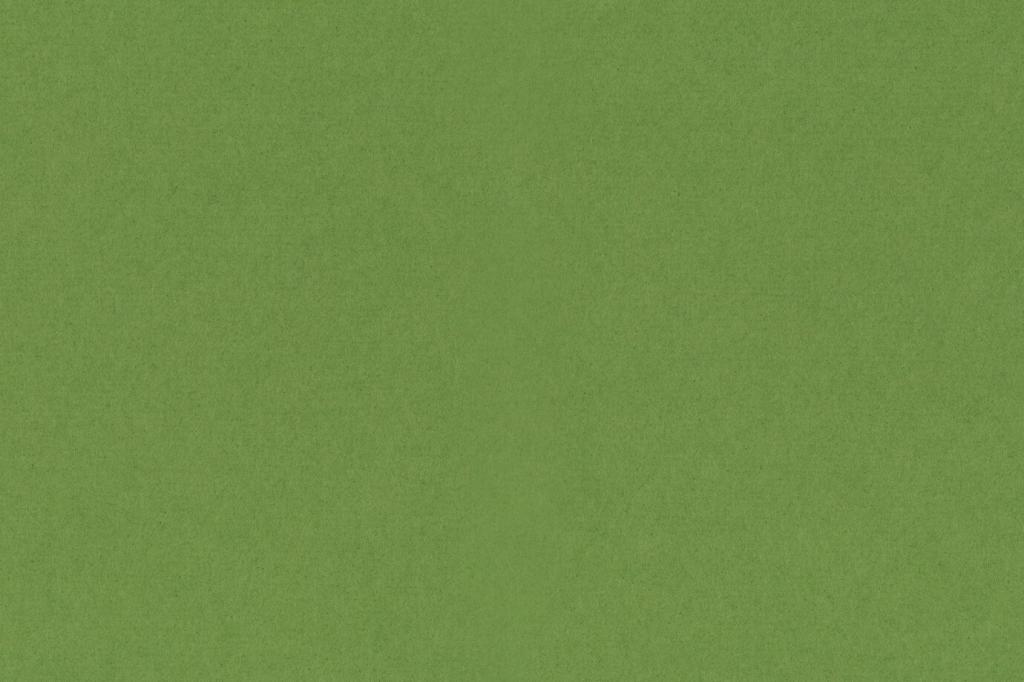
Comparing Sustainable and Traditional Flooring Solutions
As environmental awareness grows, the decision between sustainable and traditional flooring solutions has become increasingly important. Property owners and designers are now considering not only aesthetics and cost, but also the environmental impact, durability, and long-term value of their flooring choices. This page provides an in-depth comparison of sustainable and traditional flooring options, exploring the factors that set them apart and guiding you toward a flooring solution that meets both your functional needs and your values.
Environmental Impact
Traditional flooring such as hardwood and vinyl often involves extracting finite resources and can contribute to deforestation, pollution, and depletion of non-renewable materials. Sustainable flooring, on the other hand, prioritizes the use of renewable resources like bamboo, cork, or reclaimed wood. These materials regenerate quickly or repurpose existing resources, ensuring minimal harm to the environment. Renewable materials support ecosystems and help maintain a balance between human needs and nature, making them a preferable option for those who value environmental stewardship.

Durability and Longevity
Resistance to Wear and Tear
Traditional hardwood floors are renowned for their durability and ability to be refinished multiple times, extending their lifespan for decades. However, some sustainable options such as bamboo and cork also offer impressive resistance to heavy use, scratches, and dents. Advances in sustainable flooring technologies now match or exceed the performance of many traditional materials. Choosing a material suited to the intended traffic level in your space ensures longevity and less frequent replacements, ultimately benefiting both your budget and the environment.
Maintenance Needs Over Time
Maintenance plays a crucial role in the longevity of any flooring type. Traditional flooring may require frequent refinishing, waxing, or specialized cleaning products, some of which contain harsh chemicals. In contrast, many sustainable flooring options are designed for low maintenance, needing only occasional cleaning with gentle, eco-friendly products. Surfaces like linoleum, natural stone, or sustainably harvested wood allow homeowners to enjoy long-lasting beauty without investing excessive time or using potentially harmful substances, making them a practical and healthier choice.
Repair and Replacement Considerations
When flooring sustains damage, repair options can vary significantly between traditional and sustainable solutions. Traditional floors like hardwood can be sanded and refinished, while carpeting or vinyl often necessitate full replacement. Many sustainable flooring products are modular or designed for easy repair, allowing for the affected area to be replaced or restored with minimal waste. This flexibility reduces material consumption and saves money, highlighting the long-term benefits of opting for sustainable flooring in residential and commercial settings.
Upfront Investment and Material Pricing
Traditional flooring options such as carpet and vinyl are often favored for their low initial costs, while hardwood can command higher prices. Sustainable materials, including cork, bamboo, or recycled-content tiles, may carry a premium due to innovative manufacturing or sourcing processes. However, the gap in upfront costs is narrowing as eco-friendly options become more mainstream. Many builders and homeowners are willing to invest in sustainable flooring, recognizing the added benefits of lower life-cycle costs and increased property value.
Life-Cycle Costs and Financial Benefits
Beyond the initial purchase and installation, flooring incurs ongoing costs such as maintenance, repairs, and eventual replacement. Sustainable flooring is designed to minimize these expenses by offering superior durability and easier maintenance, which reduces long-term spending. Furthermore, many eco-friendly options qualify for tax incentives, rebates, or certifications that enhance property values. Calculating the full life-cycle costs of your flooring can reveal that sustainable options, while sometimes pricier upfront, often result in lower total expenditures over time.
Perceived Value and Market Appeal
Homebuyers and renters are increasingly seeking environmentally responsible features in the properties they choose. Sustainable flooring can provide a key selling point, differentiating a home or commercial space in a competitive market. Traditional flooring’s familiarity can be an advantage, but as consumer preferences shift toward greener living, the perceived value of sustainable flooring is rising. Choosing an eco-friendly option may increase your property’s appeal and lead to a higher return on investment in the future.
